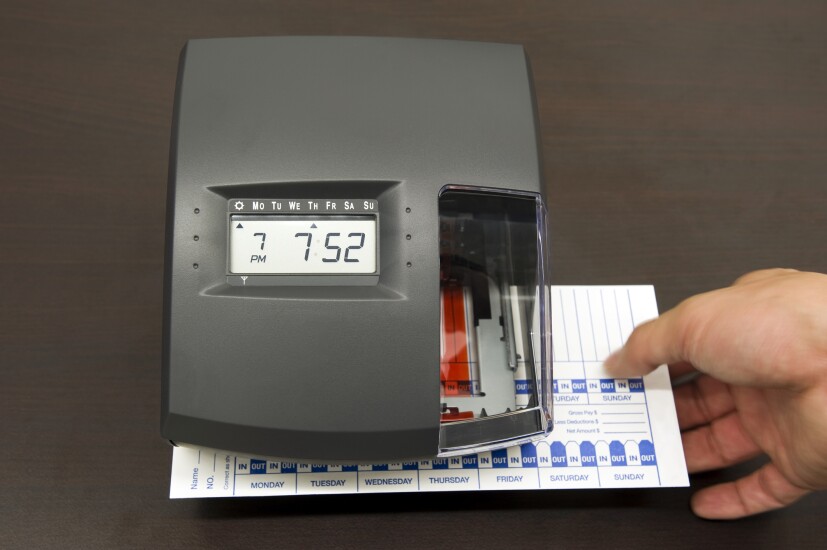Employers with at least 1,000 employees spend $250,000 per year on HRIS, according to Aberdeen Group, so knowing what technology clients have in place is critical to protect their monetary investment by ensuring they get the most out of existing products.
Speaking at a recent conference sponsored by HR technology provider PlanSource in Park City, Utah, Carrie Barth, a solutions consultant with Lockton Benefit Group, explained that brokers to need know what is available.
“Every single HR and benefits professional expects their broker to know the answers or to find the way to get the answers to them,” she says of HR technology offerings.













